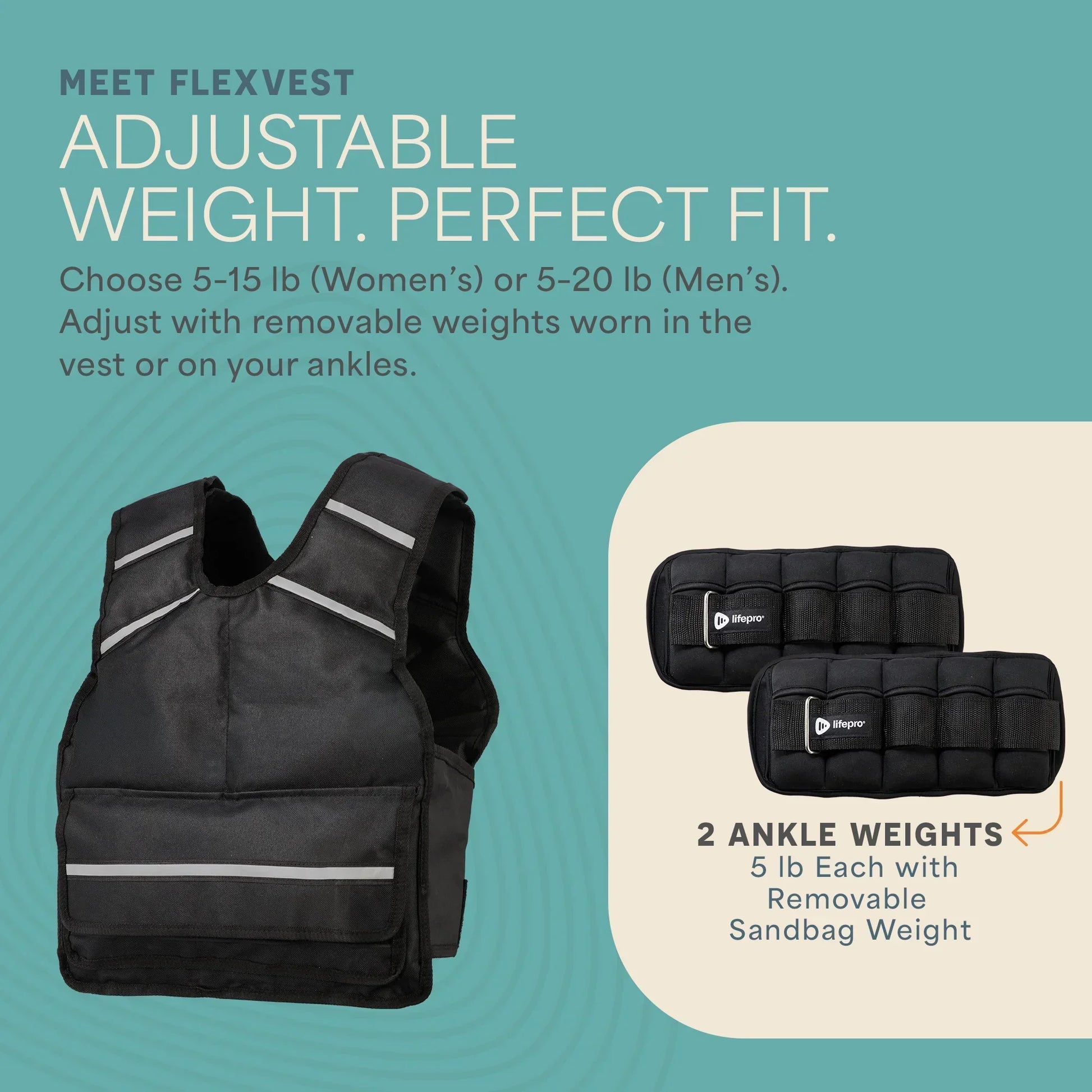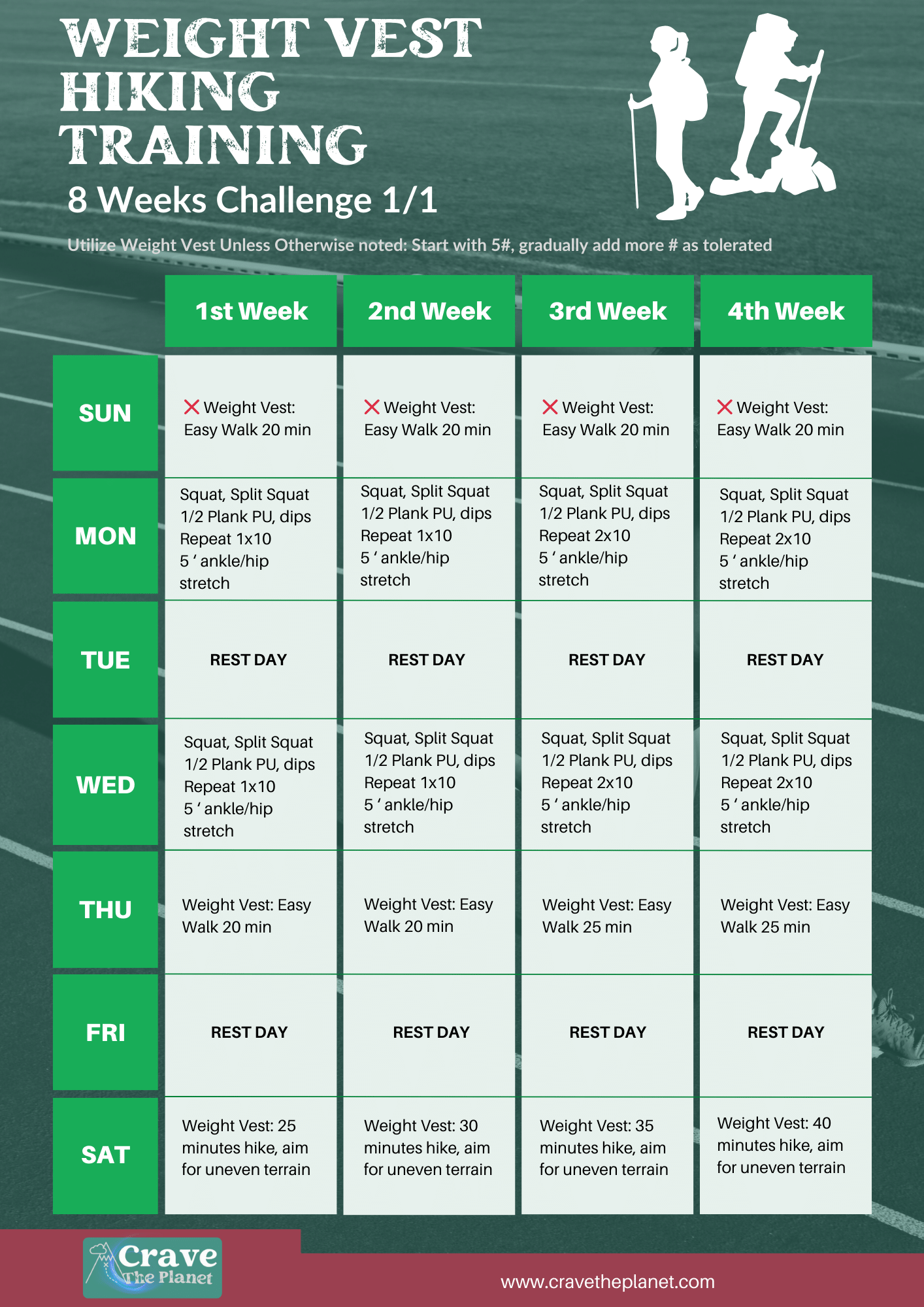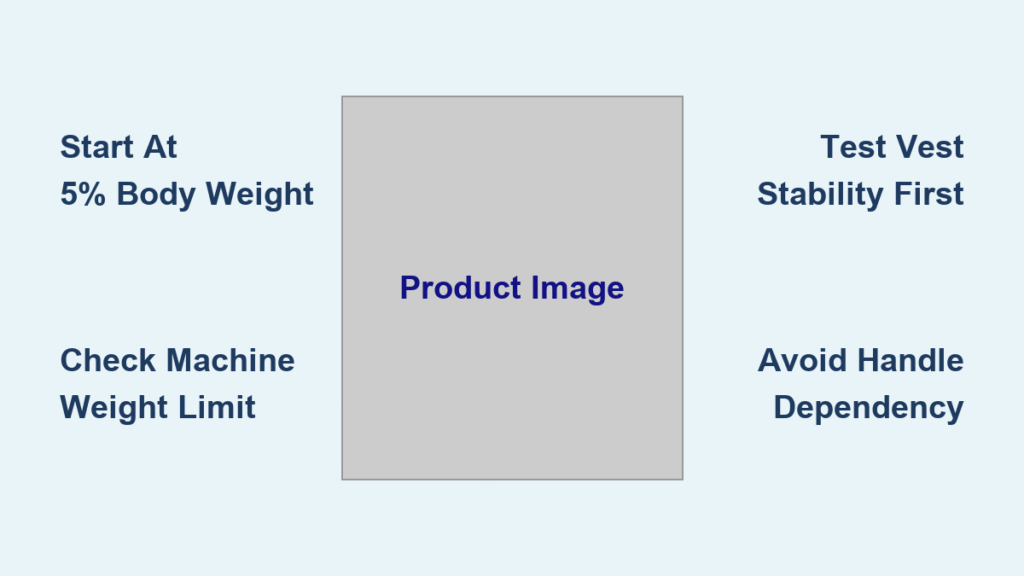Your elliptical sessions have become too comfortable—your breathing is steady, your muscles barely protest, and that calorie counter seems stuck on low numbers. You’ve scrolled through fitness TikTok and noticed creators adding weighted vests to their elliptical routines, transforming what was once easy cardio into a full-body strength challenge. This isn’t just another social media trend; adding a weighted vest to your elliptical workout creates measurable muscle activation and calorie burn increases while maintaining the machine’s signature low-impact benefits. By the time you finish this guide, you’ll know exactly how to safely integrate a weighted vest into your elliptical routine, avoid the most common injury-causing mistakes, and follow a progressive plan that delivers visible results in just eight weeks.
Why Your Elliptical Needs a Weighted Vest Right Now
Adding strategic resistance to your elliptical sessions creates a unique training stimulus that traditional cardio lacks. Unlike increasing speed or resistance on the machine—which can compromise form or increase joint stress—a weighted vest distributes load evenly across your core, forcing your entire kinetic chain to work harder while preserving the elliptical’s joint-friendly motion. This creates the rare fitness scenario where you simultaneously build strength and endurance without sacrificing recovery time.
How Your Muscles Respond to Vest Loading
Your lower body engagement increases dramatically when carrying external weight—quadriceps, hamstrings, and glutes activate 15-25% more to maintain the same stride pattern. But the real surprise comes from your upper body: those moving handles transform from mere stabilizers into serious resistance tools as your shoulders, arms, and back muscles work overtime to control the vest’s momentum. You’ll notice this most during high-resistance intervals when your core automatically tightens to prevent the vest from shifting with each stride.
The Calorie Burn You’re Missing Without Weight
Most users report 20-35% higher calorie expenditure during weighted sessions without increasing perceived effort. Consider this real-world example: a 150-pound person typically burns 350-400 calories during 30 minutes on an elliptical at moderate intensity. Add a properly sized 20-pound vest, and that same session jumps to 420-540 calories—equivalent to adding an extra 10-15 minutes of standard cardio. The metabolic boost continues post-workout too, as your muscles repair from the unfamiliar load.
Choosing Your First Weighted Vest for Elliptical Training

Selecting the wrong vest sabotages your efforts before you even step on the machine. The difference between effective training and injury risk often comes down to three critical factors most beginners overlook.
The Exact Weight Formula You Need
Start with just 5% of your body weight for your initial two weeks—no exceptions. If you weigh 160 pounds, that means beginning with an 8-pound vest, not the 20-pound model influencers might be using. Only progress to 10% body weight after maintaining perfect form for two consecutive weeks. Advanced users might eventually reach 15-20%, but exceeding this threshold increases injury risk without delivering proportional benefits. Your first vest should have room to grow—either through adjustable weight pockets or the ability to add incremental plates.
Fixed vs. Adjustable Vests: Which Suits Elliptical Workouts?
Fixed-weight vests offer reliability and durability with fewer moving parts to fail during sweaty sessions, making them ideal if you know your long-term target weight. Adjustable vests provide flexibility to add weight gradually but require careful pocket distribution to prevent shifting during elliptical motion. Regardless of style, prioritize vests with padded, non-slip shoulder straps and a low center of gravity—your vest shouldn’t ride up when you increase stride length.
The Fit Test Most People Skip
Proper fit means the vest sits snug against your torso without restricting breathing or movement. Here’s the elliptical-specific test: put on the vest and perform 20 bodyweight squats. If the vest shifts position, bounces excessively, or causes you to hunch forward, it’s unsuitable for elliptical training. The weight should feel anchored to your core, not hanging from your shoulders. A poorly fitted vest redistributes force to your neck and upper back, negating the lower body benefits.
Safety Protocol: Avoiding Injury on Your First Session
Rushing into weighted elliptical training without preparation invites lower back strain and joint issues. Follow this exact sequence before your first weighted session to ensure safety and effectiveness.
Machine Capacity Check You Must Perform
Verify your elliptical’s total weight capacity—most home models support 250-300 pounds total. Calculate your body weight plus vest weight to ensure you stay within limits. An overloaded machine wears down faster and may trigger safety cutoffs mid-workout. Also inspect foot pedals for excessive wear; additional weight accelerates component stress, making pre-existing damage potentially dangerous.
The 7-Minute Safety Sequence
- Warm up for 5 minutes on the elliptical without the vest at low resistance
- Step off and put on the vest securely
- Perform 30 seconds of walking in place to test vest stability
- Check your posture in a mirror—shoulders back, chest lifted
- Step onto the machine and start at the lowest resistance
- Maintain this for 2 minutes while monitoring breathing
- Only then gradually increase to your target resistance
This sequence prevents the most common mistake: putting on the vest and immediately jumping into high-intensity intervals.
Progressive Training Plan That Actually Works

Most people fail with weighted vests because they skip systematic progression. Follow this science-backed timeline to build capacity safely while avoiding plateaus.
Weeks 1-2: The Foundation Phase
Use 5% body weight for 15-20 minutes at RPE 5-6 (moderate effort). Your primary focus should be maintaining normal breathing patterns—if you can’t speak in full sentences, reduce the weight immediately. Keep resistance low and concentrate on smooth, full-range strides. You’ll feel unusual core engagement during this phase as your stabilizer muscles adapt to the new load.
Weeks 3-4: Building Functional Endurance
Increase to 7.5% body weight and extend sessions to 25-30 minutes. Introduce small incline changes (2-3 levels) every 5 minutes to challenge different muscle groups while maintaining the vest. Your heart rate will sit slightly higher at the same perceived effort, but avoid compensating by leaning on the handles—that defeats the core engagement benefits.
Weeks 5-8: Advanced Power Development
Progress to 10% body weight and implement high-intensity intervals: 2 minutes at challenging resistance followed by 2 minutes recovery, maintaining the vest throughout. The key here is maintaining consistent form during the high-effort intervals—many users shorten their stride when fatigued, reducing effectiveness. If your stride length decreases by more than 10%, reduce the weight.
The 3 Costly Mistakes That Derail Progress
TikTok videos rarely show the consequences of improper weighted vest use. These errors cause 80% of failed attempts and should be avoided at all costs.
Overloading Too Soon: The Most Common Error
Adding 30+ pounds in week one strains hip flexors and lower back tendons. The elliptical’s smooth motion masks this fatigue until after your session, when delayed onset muscle soreness sidelines you for days. Your body doesn’t distinguish between productive strain and damaging overload—start light and let your connective tissues adapt gradually.
Handle Dependency: The Silent Form Killer
When fatigued, most users instinctively lean heavily on the moving handles, reducing core engagement by up to 40% and shifting stress to neck and shoulders. This creates the illusion of working harder while actually decreasing lower body effectiveness. Combat this by periodically taking your hands off the handles for 15-30 seconds during each interval.
Ignoring Early Warning Signals
Sharp knee pain, lower back tightness, or numb toes aren’t normal—they’re immediate signals to remove the vest. These symptoms indicate your stabilizing muscles can’t handle the load yet, risking overuse injuries. Don’t mistake discomfort for productive effort; the vest should challenge your muscles, not compromise joint integrity.
Tracking Your Progress Beyond the Scale
Without proper metrics, you’ll miss subtle improvements that motivate continued effort. Focus on these three indicators that prove your weighted vest strategy is working.
Performance Metrics That Matter Most
Monitor your watts output at the same heart rate—expect 15-20% improvement within 4 weeks as your muscles adapt to the load. Track distance covered in 30 minutes at a set resistance level; your unweighted sessions should feel noticeably easier after consistent vest training. These objective measures beat subjective feelings of “working harder.”
The Visible Changes You’ll Notice First
Take weekly progress photos wearing the same clothes—particularly from the back. The weighted vest creates unique muscle definition in your upper back and core that traditional elliptical training rarely develops. Most users notice improved posture and shoulder positioning within 3-4 weeks as their back muscles strengthen to support the load.
Recovery Indicators You’re Overlooking
Your resting heart rate should decrease 3-5 beats per minute after 6 weeks of consistent weighted training. Track morning heart rate variability through fitness apps—improved scores indicate your cardiovascular system is adapting positively to the new stress. These subtle markers predict long-term progress better than daily workout metrics.
Adding a weighted vest to your elliptical routine transforms a familiar cardio machine into a powerful strength-building tool when implemented correctly. Start with just 5% of your body weight this week, maintain perfect form, and gradually progress according to your body’s signals—not social media trends. The impressive results you’ve seen online were built over months of disciplined progression, not overnight transformations. Within eight weeks of following this systematic approach, you’ll experience noticeable improvements in muscular endurance, calorie burn efficiency, and functional strength that carry over to all your daily activities. Your elliptical session isn’t just cardio anymore—it’s become a full-body conditioning workout that delivers results without joint stress.





